Star Clusters, Galactic Nuclei, Stellar Collisions & Mergers, Interacting Binaries
Image Credit: ESA/Hubble & NASA
Research at CIERA
The centers of galaxies are complex environments whose properties are a result of the interactions between the massive black holes that reside there, vast clouds of gas, and dense populations of stars and stellar remnants.
Professor Rasio’s group studies numerical models of dense stellar environments such as nuclear star clusters.
Professor Zadeh is an observer who studies stellar populations and physical processes in the Milky Way nucleus using observations across the electromagnetic spectrum.
Opportunities
Deadline: 11:59pm, October 31, 2025
The Center for Interdisciplinary Exploration and Research in Astrophysics (CIERA) at Northwestern invites applications for the position of Director of Operations. CIERA is a University-wide research center on Northwestern’s Evanston campus, located on the shore of Lake Michigan, just north of Chicago. We are focused on harnessing the power of interdisciplinary collaboration between astronomy, engineering,
Deadline: 11:59pm, December 31, 2025
CIERA supports a wide range of interdisciplinary projects focused on research, education, and public outreach in Astrophysics. Our faculty and postdocs work on projects that couple astronomy and astrophysics analysis with many other disciplines: computer science, applied math, planetary sciences, electrical engineering, mechanical engineering, data science, science education, and more. Many have hired/mentored undergraduate researchers
News
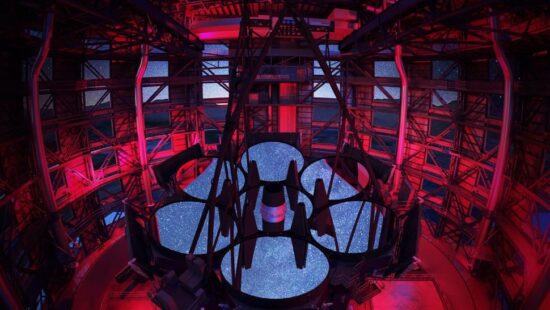
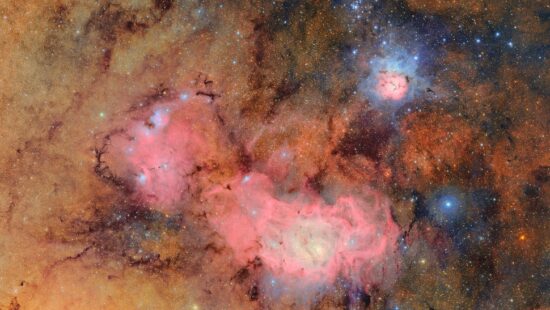
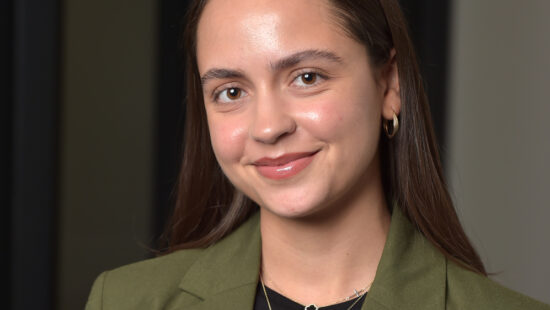

Gallery

Tjitske Starkenburg on Rubin Observatory’s First Look

Tjitske Starkenburg on Rubin Observatory’s First Look
CIERA’s Tjitske Starkenburg, Northwestern Research Assistant Professor in the Department of Physics and Astronomy, and Assistant Director for Research Operations at SkAI Institute, shares her excitement about Rubin Observatory’s First Light Watch Party and the new science that will result.
Credit: Lisa La Vallee, Director of Marketing and Events, CIERA
- Science
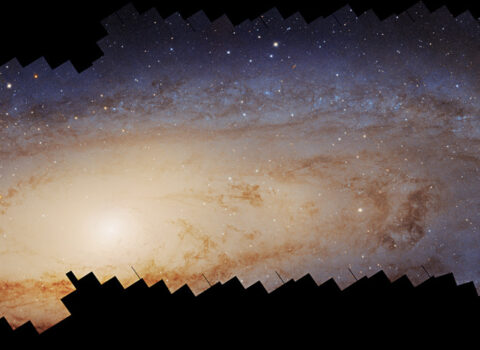
Andromeda Galaxy Mosaic 2025

Andromeda Galaxy Mosaic 2025
This is the largest photomosaic ever assembled from Hubble Space Telescope observations. It is a panoramic view of the neighboring Andromeda galaxy, located 2.5 million light-years away. It took over 10 years to make this vast and colorful portrait of the galaxy, requiring over 600 Hubble overlapping snapshots that were challenging to stitch together. The
NASA, ESA, Benjamin F. Williams (UWashington), Zhuo Chen (UWashington), L. Clifton Johnson (Northwestern)
- Science
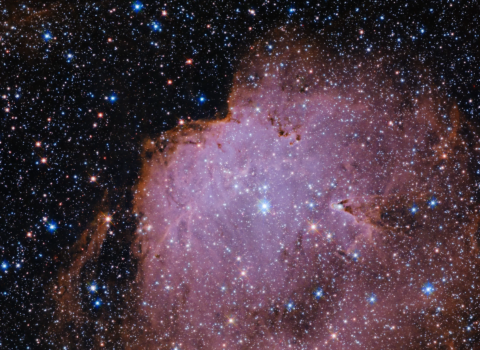
NGC 261 captured by Hubble
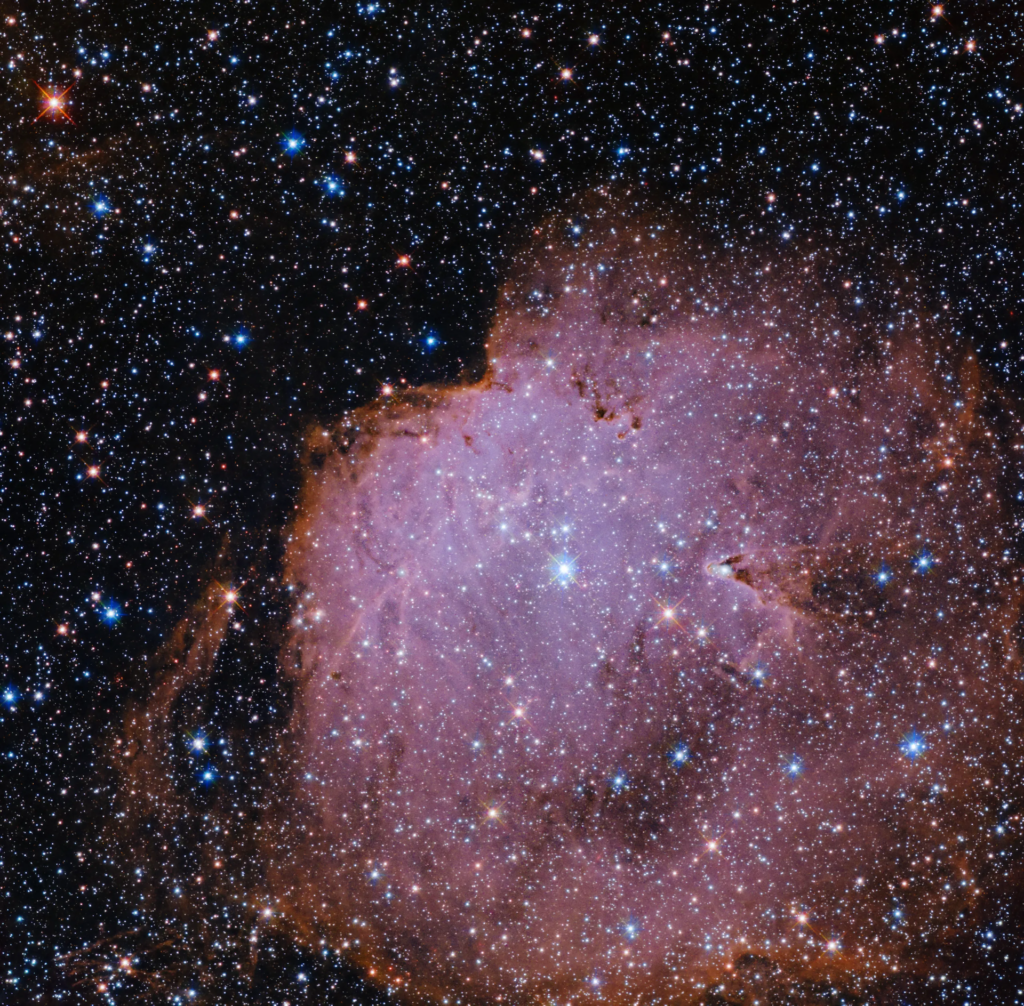
NGC 261 captured by Hubble
NGC 261 blooms a brilliant ruby red against a myriad of stars in this new image from NASA’s Hubble Space Telescope. Discovered on Sept. 5, 1826 by Scottish astronomer James Dunlop, this nebula is located in one of the Milky Way’s closest galactic companions, the Small Magellanic Cloud (SMC). The ionized gas blazing from within this
NASA, ESA, and L. C. Johnson (Northwestern University); Image Processing: Gladys Kober (NASA/Catholic University of America)
- Science
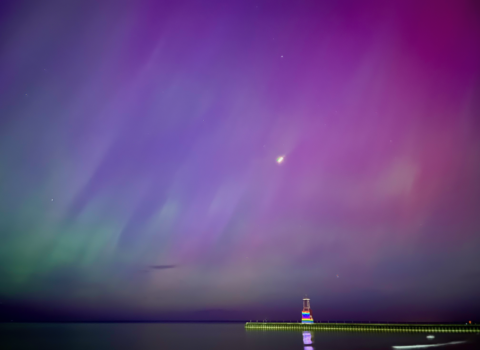
Aurora in Chicago
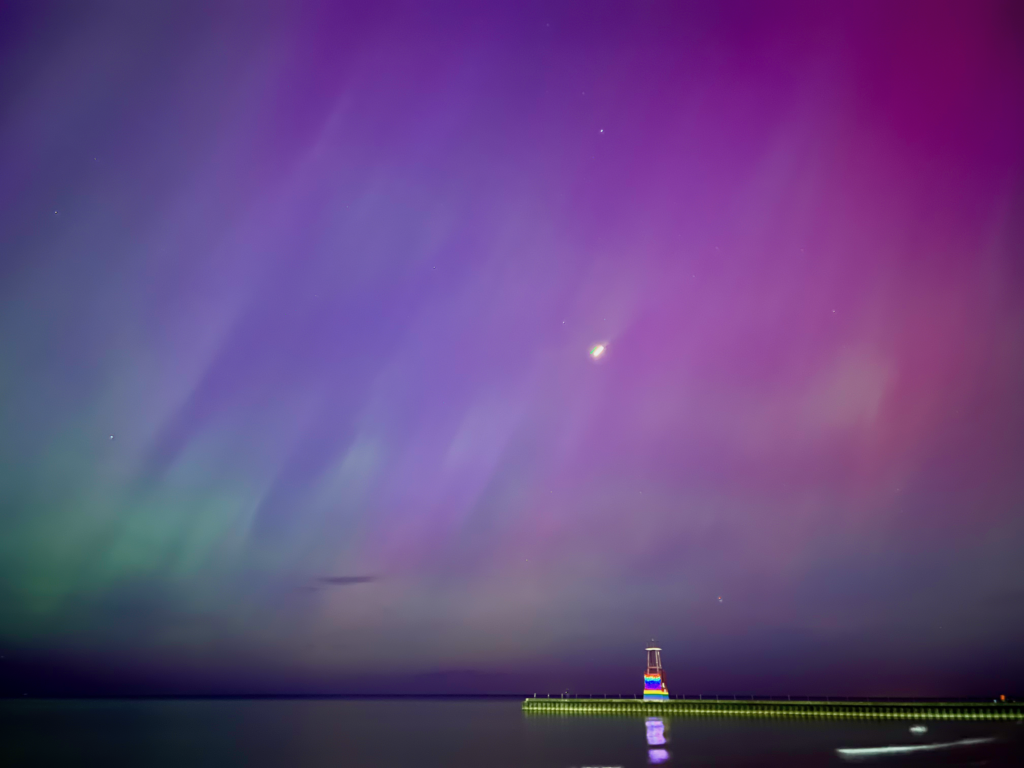
Aurora in Chicago
Between May 10 – 14, 2024 a series of powerful solar storms led to the production of visible aurorae far further towards the equator than normal. This photo was taken by CIERA Postdoctoral Fellow Sharan Banagiri. Banagiri captured this photo between 9 and 10PM on May 10 at Hollywood Beach in Edgewater, Chicago, Illinois, featuring
Sharan Banagiri/CIERA/Northwestern
- Science
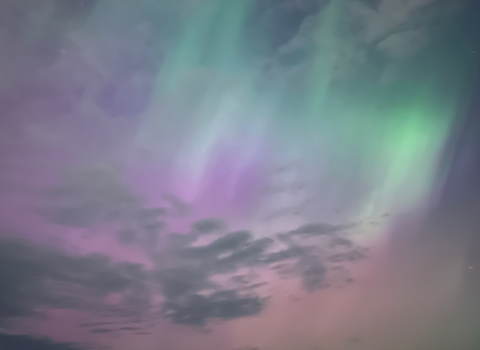
Aurora in Chicago
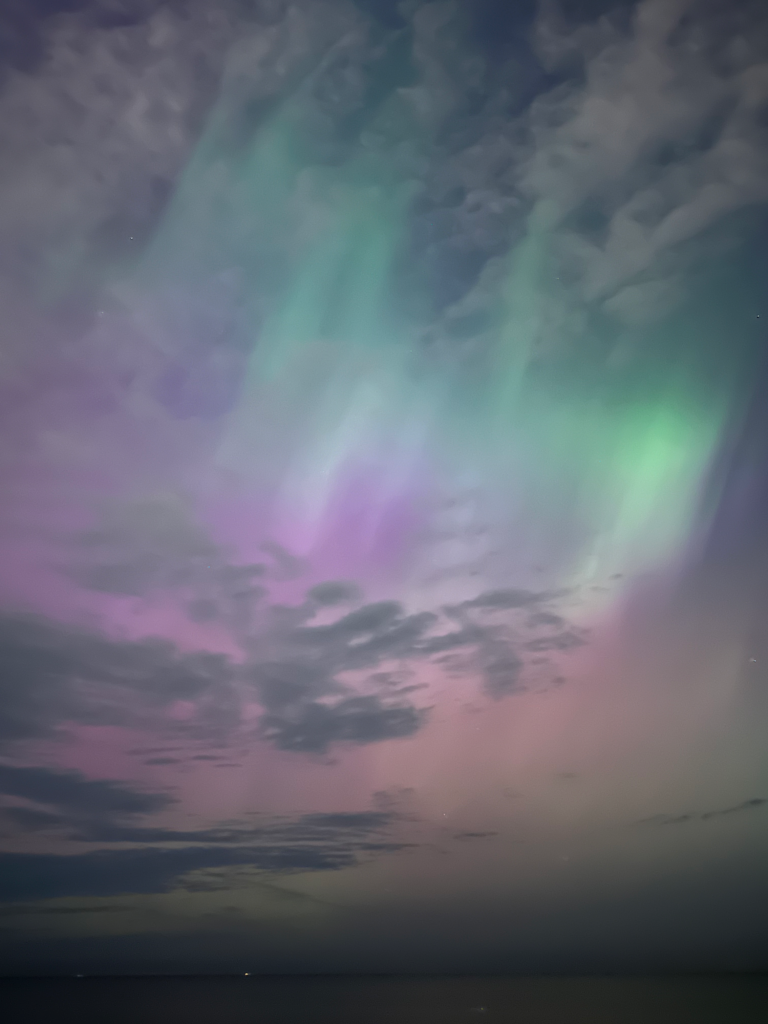
Aurora in Chicago
Between May 10 – 14, 2024 a series of powerful solar storms led to the production of visible aurorae far further towards the equator than normal. This photo was taken by CIERA Postdoctoral Fellow Sharan Banagiri. Banagiri captured this photo between 9 and 10PM on May 10 at Hollywood Beach in Edgewater, Chicago, Illinois. When
Sharan Banagiri/CIERA/Northwestern
- Science
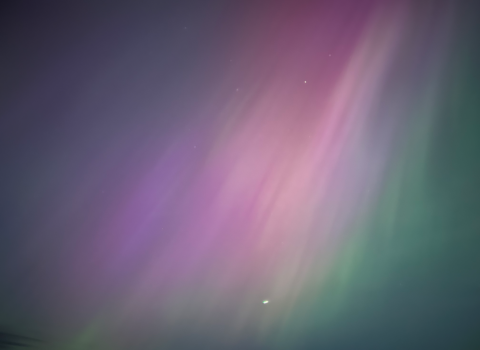
Aurora in Chicago
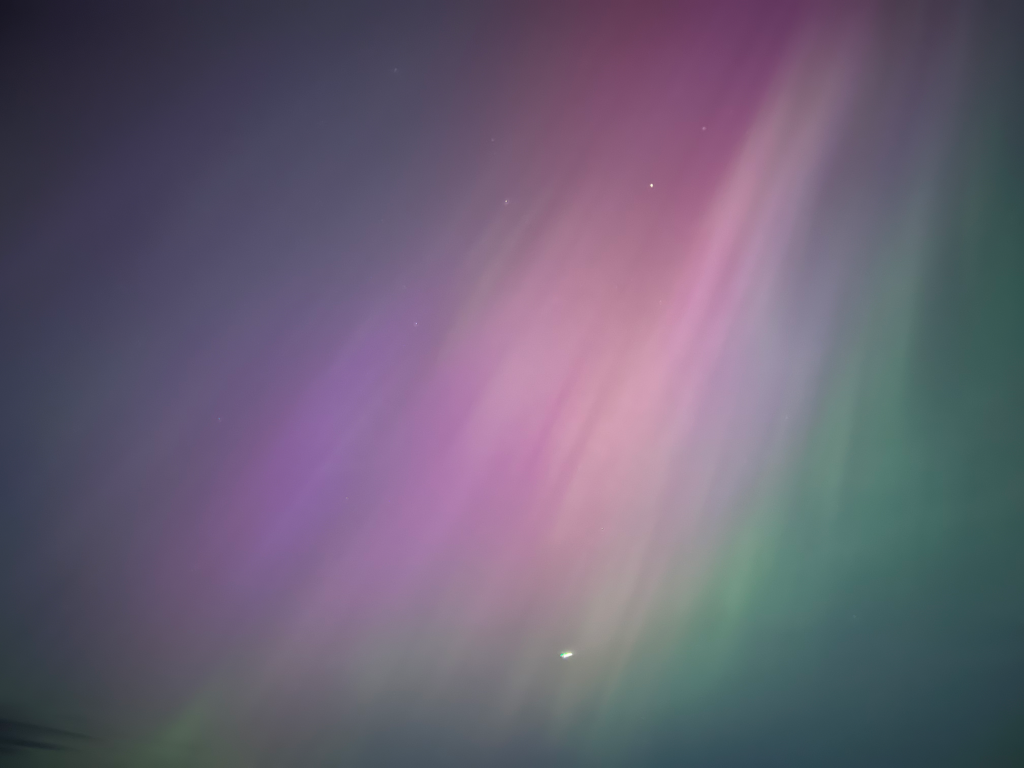
Aurora in Chicago
Between May 10 – 14, 2024 a series of powerful solar storms led to the production of visible aurorae far further towards the equator than normal. This photo was taken by CIERA Postdoctoral Fellow Sharan Banagiri. Banagiri captured this photo between 9 and 10PM on May 10 at Hollywood Beach in Edgewater, Chicago, Illinois. When
Sharan Banagiri/CIERA/Northwestern
- Science
People
Core Faculty



Vicky Kalogera
Daniel I. Linzer Distinguished University Professor, Director of CIERA, Director of the SkAI Institute


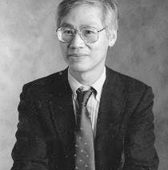

External Faculty
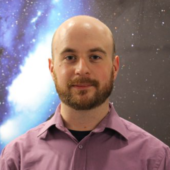
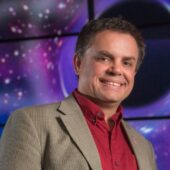
Shane L. Larson
Adjunct Professor; Professor and Director of Integrated Engineering and Applied Science Projects at Clarkson University

Diego Muñoz
Assistant Professor, Northern Arizona University
Postdocs

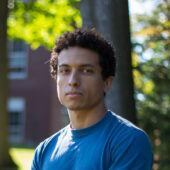
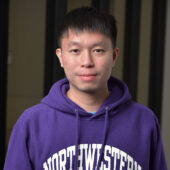
Graduate Students


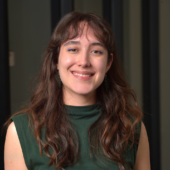

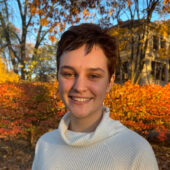





NU SkAI Personnel


Vicky Kalogera
Daniel I. Linzer Distinguished University Professor, Director of CIERA, Director of the SkAI Institute



